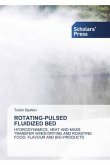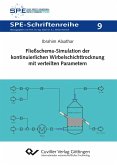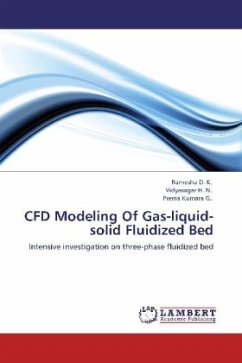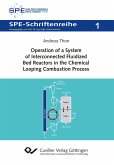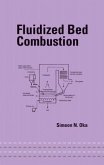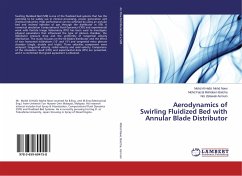Fluidized bed dryers are the prime choice when it comes to drying of heat sensitive products, commonly processed in the pharmaceutical and food industry. As many products in these industries are ¿ne and cohesive, mechanical vibration of the dryer is used to enable or improve ¿uidization. Thus, the goal of this thesis is the development of a ¿uidized bed drying model that accounts for the in¿uence of mechanical vibration of the dryer, as well as its implementation in an open-source ¿owsheet simulation framework. Continuously operated ¿uidized bed dryers under steady-state conditions are the focus of this thesis. The aim during model development and implementation is the broadest possible application range of the model. A custom-built vibrated ¿uidized bed dryer is designed and constructed for comprehensive investigations of ¿uidized bed hydrodynamics and drying kinetics. Based on experimental investigations, a semi-empirical model for hydrodynamics of ¿ne and cohesive powders is developed. The new model is combined with established models to allow for the ¿owsheet simulation of ¿uidized bed dryers for particles of all Geldart groups. Additionally, the in¿uence of vibration is accounted for. Comprehensive validation experiments are performed for particles of different Geldart groups, different dryer geometries and a variety of process parameters, including mechanical vibration. Comparison of model predictions with experimental data attributes high accuracy of predicted particle and gas properties. Furthermore, sensitivity analyses are conducted to identify potential weaknesses in underlying model assumptions. Hereby, the validity of underlying assumptions is con¿rmed and potential optimization parameters for different applications are identi¿ed. The proposed model is unprecedented in terms of range of process parameters, variety of particle properties and dryer geometries, tested and found valid for.
Hinweis: Dieser Artikel kann nur an eine deutsche Lieferadresse ausgeliefert werden.
Hinweis: Dieser Artikel kann nur an eine deutsche Lieferadresse ausgeliefert werden.


